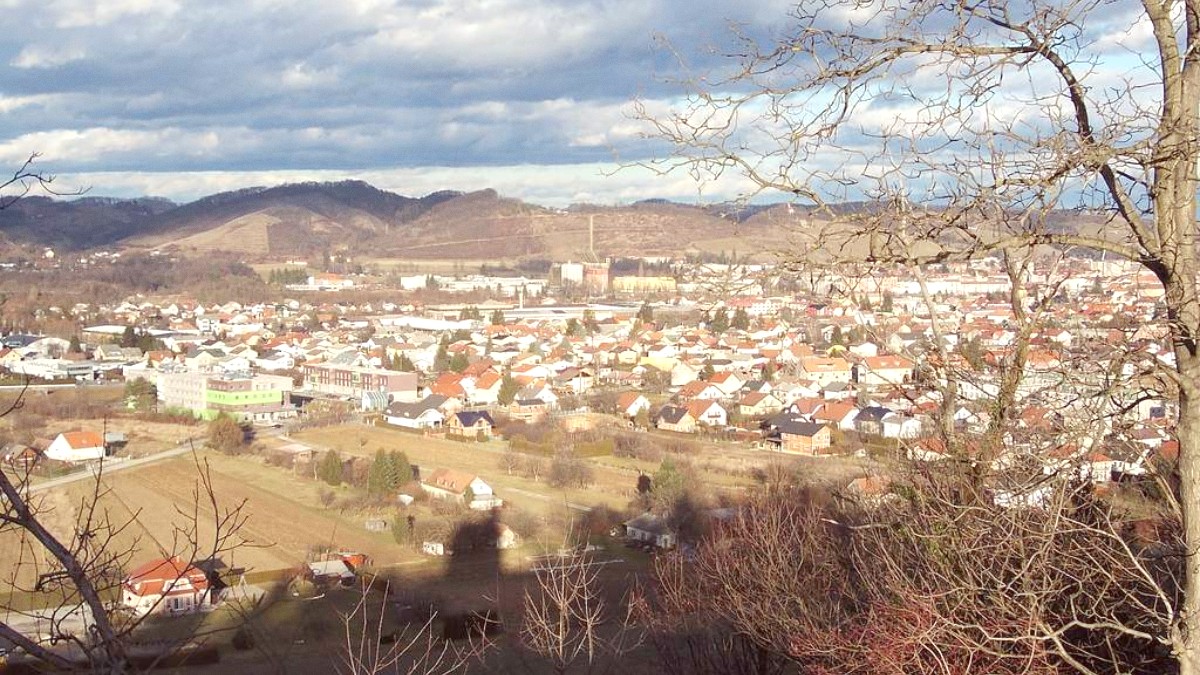
Slovenia
Slovenian cuisine, especially in the Podravje region, draws from Austrian, Hungarian, and Balkan influences. This fusion results in hearty dishes, traditionally for farmers and laborers. Local, seasonal ingredients from the countryside, forests, and rivers are central. Wine production is integral, with meals often paired with regional wines.
Common ingredients: various meats (pork, beef, poultry, freshwater fish), potatoes, cabbage (pickled or stewed), beans, mushrooms, and dairy. Flavors are savory, with herbs like parsley, marjoram, and bay leaf. Sour cream, lard, and dark green pumpkin seed oil (bučno olje) add richness and distinct taste.
Known for its strong wine tradition and specific dishes like Štajerska kisla juha (Styrian sour soup).
Very prominent here, used in salads, soups, and even some desserts.
Nearby Prekmurje region contributes dishes like Bograč, a rich goulash stew.
A hearty sour soup with pork, vegetables, and sour cream. A robust dish, sometimes served as a warming starter.
Find at traditional "gostilne."
A substantial stew from Pohorje with various meats, root vegetables, and mushrooms, slow-cooked.
Best at restaurants near Pohorje mountains or regional specialists.
A rich goulash stew from Eastern Slovenia, often with three types of meat, potatoes, and paprika.
A deep, savory flavor experience.
The Podravje region excels in white wines: Laški Rizling, Šipon, Renski Rizling, Chardonnay, Sauvignon Blanc. Modra Frankinja is a popular red.
Prekmurska gibanica (multi-layered pastry), Potica (rolled pastry, often walnut), Štruklji (rolled dumplings, sweet or savory).
Elevated culinary experiences for special occasions.
Quality meals with balanced prices.
Quick and affordable meal options.
Near the Drava River, features outdoor (fruits, vegetables, flowers) and indoor (meat, dairy, specialties) sections.
Great place for local ingredients or ready-to-eat snacks.
Maribor has a growing number of restaurants with Italian, various Asian (Chinese, Vietnamese), and Balkan specialties.
Provides variety beyond traditional Slovenian fare.
Festive sweets, roasted chestnuts, mulled wine at Christmas markets.
Late June/early July, numerous food stalls with local and international street food.
September-October, grape harvest celebrations, wine-related events.
November 11, major wine festival with traditional feasts and new wine tastings.
Dedicated Halal or Kosher restaurants are limited. Travelers may find vegetarian/vegan options suitable, or inquire directly with restaurants.
Direct inquiry about ingredients and preparation methods is advised.
Awareness for gluten-free (brez glutena) and other allergies is growing, especially in larger restaurants.
Focus on naturally gluten-free dishes and confirm ingredients.
A layered pastry cake, a celebrated Slovenian national dish with poppy seeds, walnuts, apples, cottage cheese, and sour cream.
The Podravje region around Maribor is renowned for its white wines, with many wine cellars welcoming visitors for tastings and tours.
Commonly offered at the Old Vine House or local wine cellars. Gain insights into local grape varieties and production.
Some local operators provide walking food tours focusing on Slovenian specialties, with tastings at various eateries and markets.
Occasionally, local artisans may offer short workshops on Slovenian crafts. Inquire at the Tourist Information Center.
Wine tasting directly from Slovenia's oldest vine, offering a distinct historical context to your wine experience.
A truly unique historical and culinary blend.
Dining at a traditional "gostilna" (inn) presents an authentic Slovenian dining experience, often with rustic interiors and generous portions.
Focus on regional specialties.
One of Europe's largest and oldest classical wine cellars, located directly beneath the city.
Vast collection of wine barrels and extensive tunnels create a fascinating historical site.
Tours and tastings explore Maribor's wine heritage, literally beneath your feet.
Maribor's food and wine scene truly comes alive during its festivals: